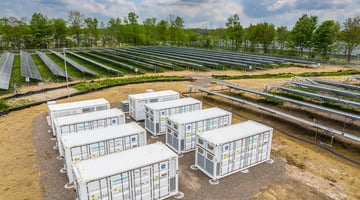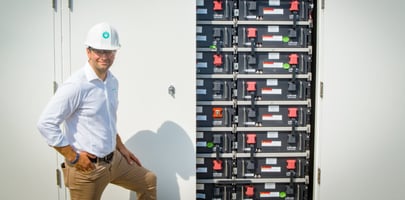Non-Wires Alternatives: A Cost-Effective Way to Improve Electric Grid Reliability

The State of the Electric Grid
The U.S. electric grid is among the most complex and expensive endeavors in human history. Its transmission lines transport energy over long distances and its distribution systems carry that electricity to individual customers. Its purpose is to deliver reliable and secure electricity.
The growing need to replace aging equipment is a primary reason that utilities are spending more and more money to update their distribution systems. A 2015 report from the U.S. Department of Energy found that 70% of power transformers are 25 years of age or older, 60% of circuit breakers are 30 years or older and 70% of transmission lines are 25 years or older.
This has massive implications for the reliability—and cost—of electricity.
To complicate matters further, our aging electric grid is increasingly strained. The reality of today’s power sector is that energy is generated in a more distributed fashion: e.g., rooftop solar in one corner of the grid, offshore wind turbines on the other end of the grid, and centralized fossil-fuel power plants in the middle, rather than just the centralized power plants many of us grew up with. Further, much of the new generation is intermittent (i.e., renewables only generate electricity when the sun is shining or the wind is blowing). This means utilities cannot control when these assets will generate power, making electricity supply harder to predict—and control.
In short, delivering—and preparing for—grid reliability is a more complicated but equally critical task under our aging and increasingly distributed, intermittent grid.
How Non-Wires Alternatives Help Utilities and the Electric Grid
The power lines on which electricity is transported (“transmission” and “distribution” lines) are expensive to build and maintain, and incredibly difficult to site, as most people do not want new power lines near them. By increasing capacity and resiliency on the grid at the most strategic times, intelligently deployed energy storage avoids or defers the need to build out new infrastructure (wires), which is called a non-wires alternative.
In other words, a non-wires alternative (i.e. a battery storage system) removes or defers the need to construct or upgrade components of a distribution and/or transmission system.
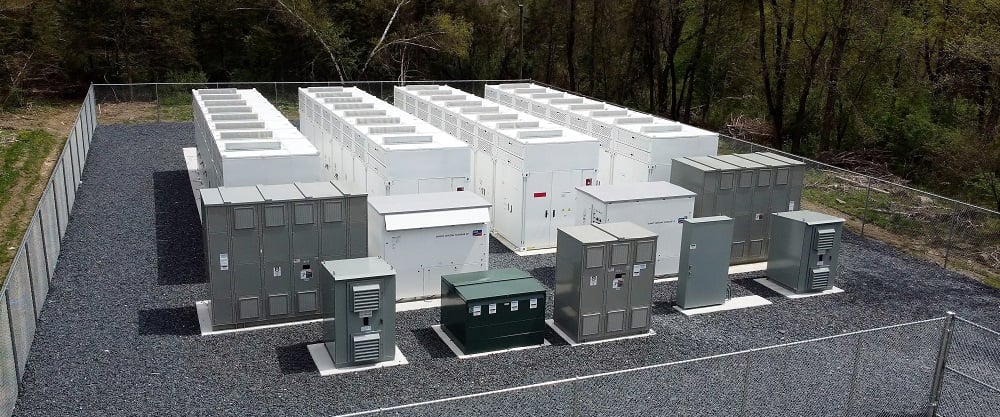
Battery storage also offers utilities a way to increase capacity on the electric grid by charging the batteries when electricity demand is low and discharging them back onto the grid when high demand could impact supply.
More and more utilities are procuring non-wires alternatives, which can reduce costs for the utility and its customers and increase reliability.
Case Study: Non-Wires Alternative for Orange and Rockland Utilities
Through a competitive bidding process, Orange and Rockland Utilities (O&R) selected Convergent to cost-effectively increase capacity at its Wisner substation in Warwick, NY.
Convergent Energy and Power (Convergent), designed, constructed, and operates the 12MW / 57 MWh battery storage system in Warwick, NY. The 12MW solution is composed of three separate 4MW battery storage systems. Two of the systems are located on property owned by the Warwick Valley Central School District, and the third system is located within the Village of Warwick.
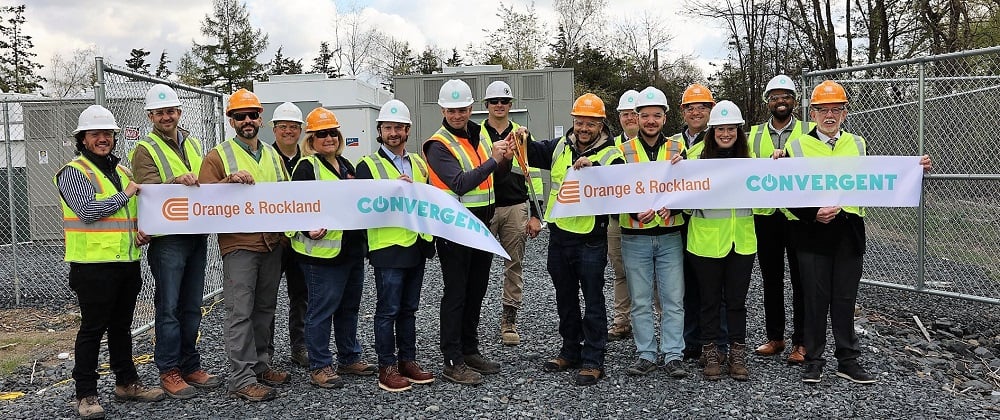
The battery storage system creates benefits for O&R customers by supplementing electric supply on high-demand days and providing substation backup, thereby increasing service reliability.
Most importantly, the system will deliver more cost-effective, reliable, and sustainable electricity to 7,500 O&R customers and is the first non-wires alternative of its kind in Orange County.
In addition, as wholesale and retail energy markets develop and mature, Convergent will be able to sell power from battery storage systems into those markets to earn additional revenue, further reducing the cost of the system.
O&R President and CEO Robert Sanchez said, “This project represents a positive, innovative achievement in O&R’s continuous efforts to provide more sustainable, local power while minimizing its costs to our customers.” Sanchez added, “The battery project opens the door to a more sustainable energy future for our customers.”
O&R Director – Utility of the Future Andre Wellington said, “New technologies give us new options. Using those options, we can build a more resilient energy system while minimizing future costs to our customers. Working with third-party developers, we are incorporating world-class solutions to meet the local needs of our energy system and our communities.”
The project will connect to the O&R system through O&R’s overhead distribution lines. The project will allow O&R to delay building costly new infrastructure that is designed to accommodate energy use at its peak—an event that occurs only a few times during the year.
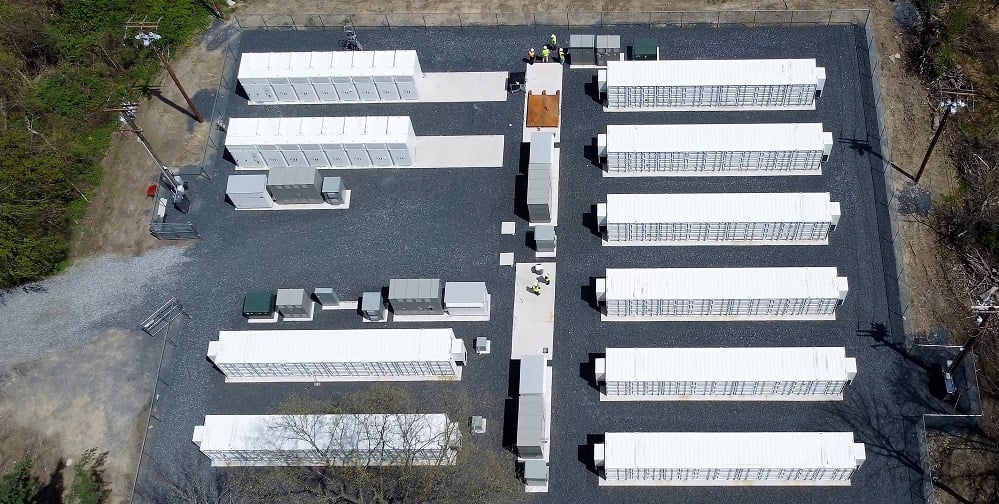
Energy Storage Adds Value Immediately: Start the Conversation Today!
Energy storage is necessary for our power system; it’s the key to not only saving your community money but also creating a more flexible grid. The future of energy storage is now.
We’re having more and more conversations with utilities that are looking to deploy a battery storage system to reduce costs, increase sustainability, and improve reliability.
If you’re interested in learning more about how energy storage (with or without solar PV) can benefit your utility, please contact us today for a free, customized evaluation.
